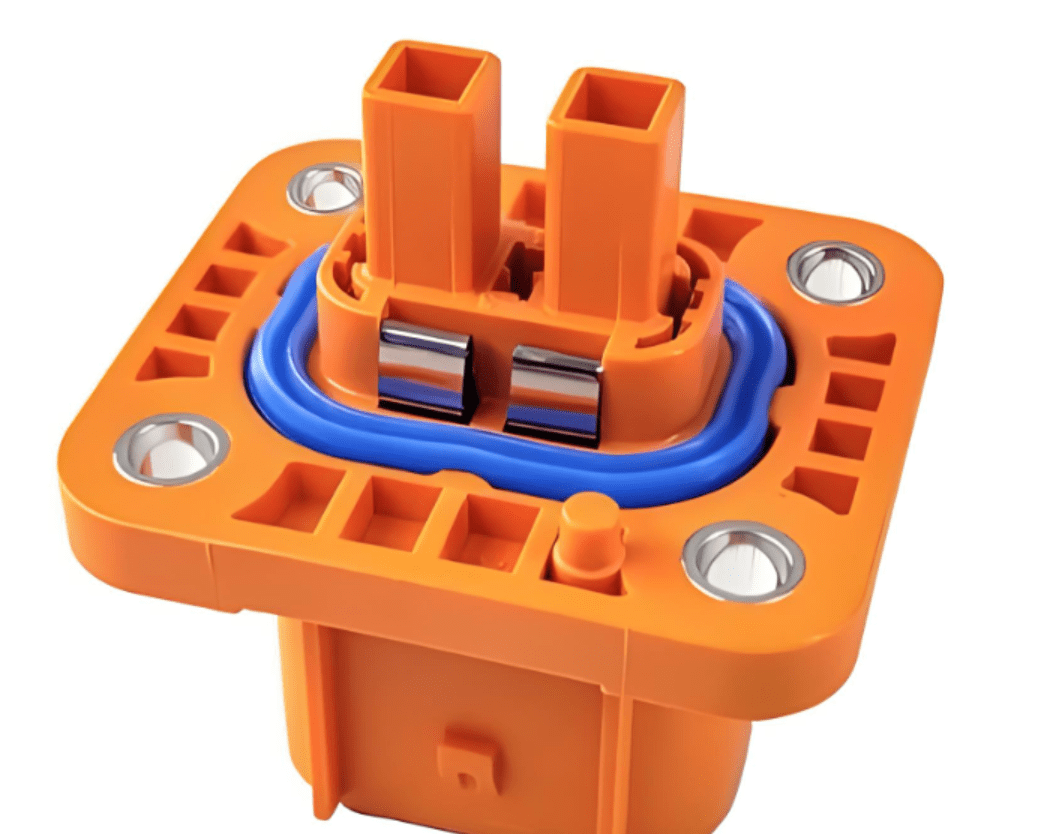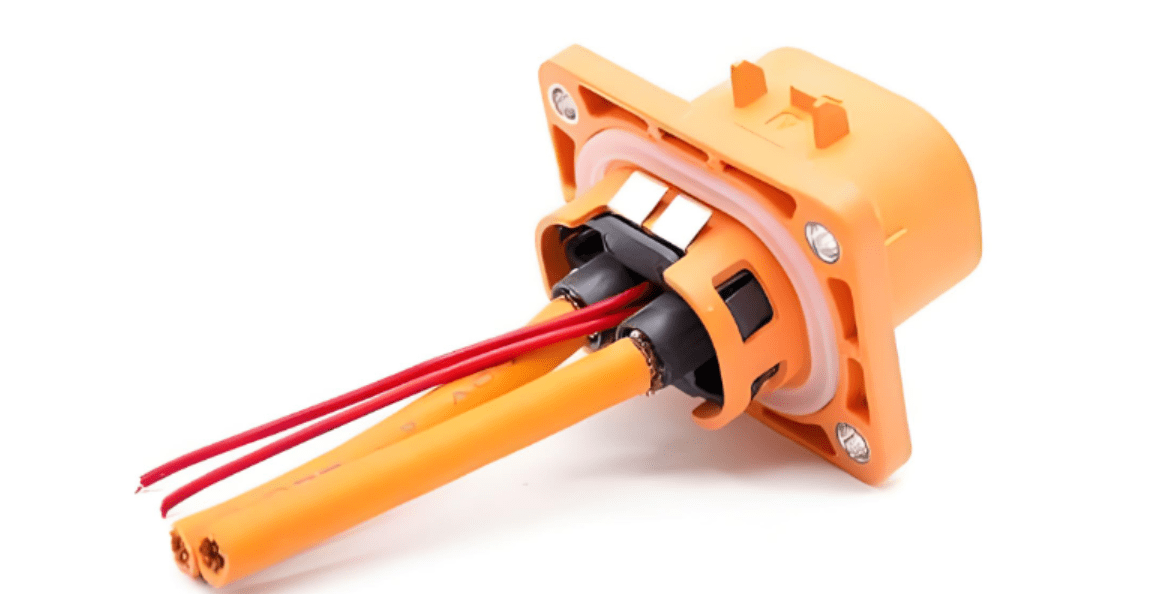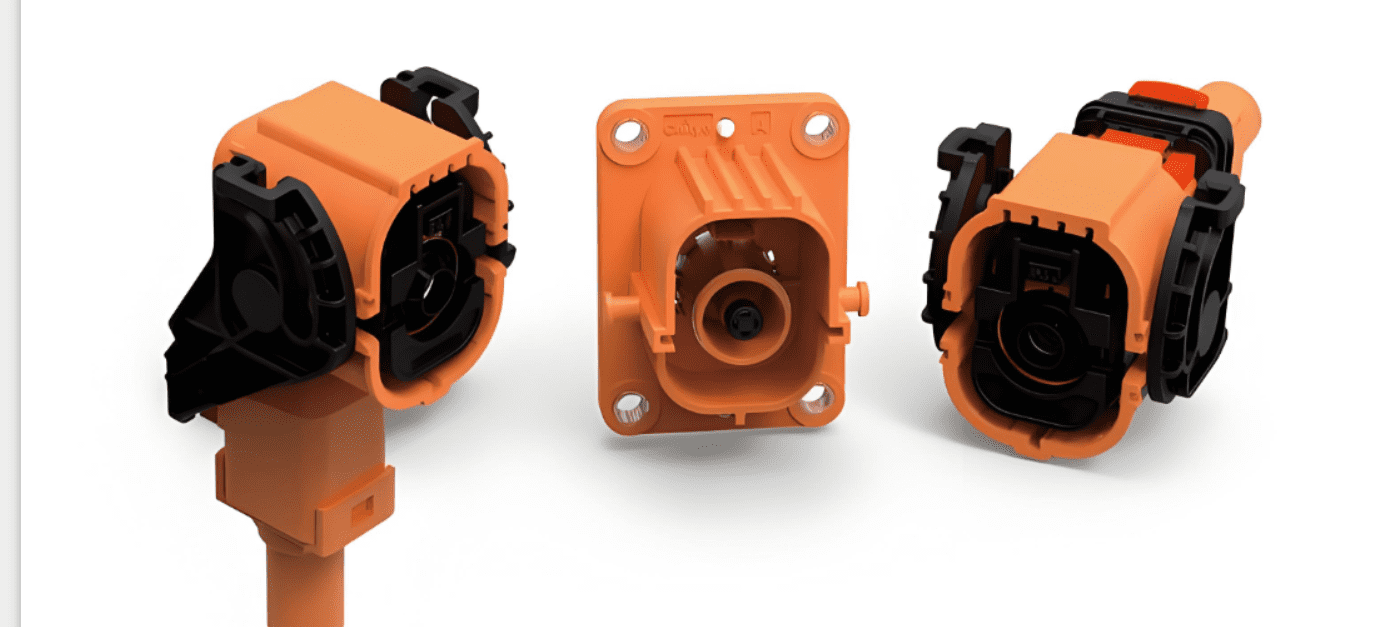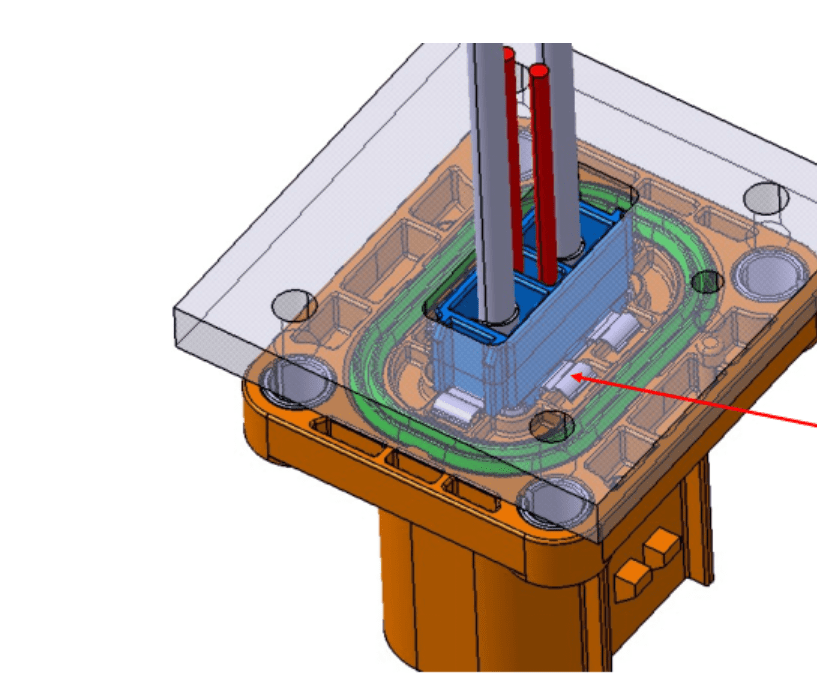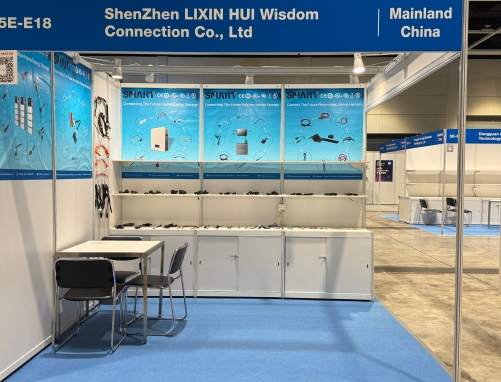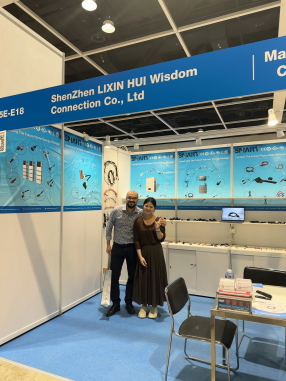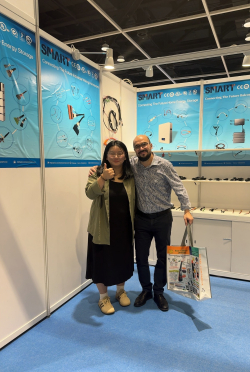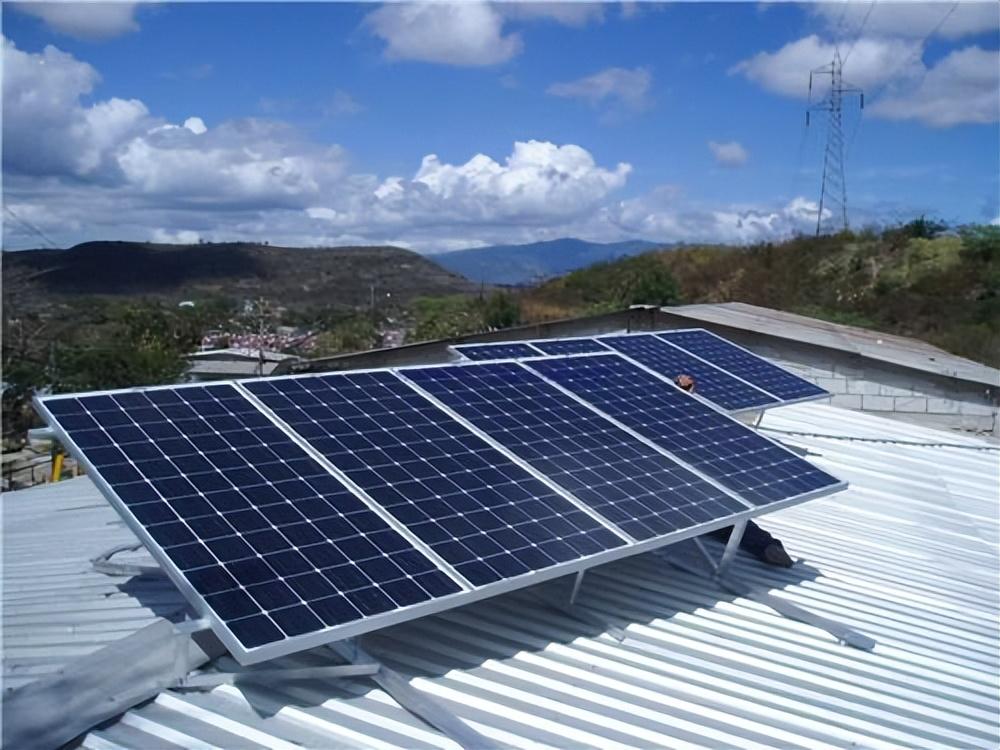Dear readers, today I will bring you the latest news about the cable harness industry. As an important part of modern electronic equipment and electrical systems, cable harnesses play a key role in various fields. With the continuous advancement of science and technology and the continuous development of the market, the cable harness industry is also constantly innovating and breaking through, bringing more convenience and possibilities to our lives.
First, let's take a look at a recent breakthrough technology. The emergence of flexible cable harnesses has brought revolutionary changes to the design and manufacture of electronic devices. Traditional cable harnesses are usually rigid, which limits the flexibility and mobility of electronic devices. Flexible cable harnesses use foldable and bendable materials, making electronic devices lighter to carry and operate. This means that we will be able to see the advent of more innovative products such as smartphones, tablets and wearable devices, providing consumers with more choices and better experience.
Secondly, the sustainable development of the cable harness industry has also attracted widespread attention. With the improvement of environmental awareness, more and more companies have begun to take measures to reduce the energy consumption and environmental pollution of cable harnesses. One green technology worth paying attention to is the use of renewable materials to manufacture cable harnesses, such as degradable plastics and recycled metals. These materials not only reduce dependence on limited resources, but also reduce waste and carbon dioxide emissions. The efforts of cable harness manufacturers will create a more sustainable future for us.
In addition, intelligent and automated technologies have also brought new opportunities to the cable harness industry. By using advanced robots and automated equipment, the production process of cable harnesses can be more efficient and precise. This can not only reduce production costs and human resource requirements, but also improve product quality and consistency. At the same time, intelligent cable harnesses can also interact and communicate with other devices to provide us with smarter and more efficient solutions.
Finally, we should also pay attention to the global market of the cable harness industry. With the development of the global economy and the growth of international trade, the demand for cable harnesses is also increasing. As an important base for the electronics manufacturing industry, the Asia-Pacific region has brought broad development space for the cable harness industry with its continuously growing electronic equipment market. At the same time, emerging markets have also become an emerging important force in the cable harness industry and are expected to usher in rapid growth in the next few years.
In summary, the cable harness industry is in a stage of continuous innovation and development. Flexible cable harnesses, sustainable development, intelligent and automated technologies, and global market growth have brought new opportunities and challenges to the industry. As consumers, we will benefit from more advanced, energy-saving, environmentally friendly and intelligent cable harness products. Let us look forward to the cable harness industry continuing to make greater achievements in future development and contribute to global scientific and technological progress and sustainable development.
Thank you for reading, and look forward to your thoughts and discussions on the cable harness industry!
